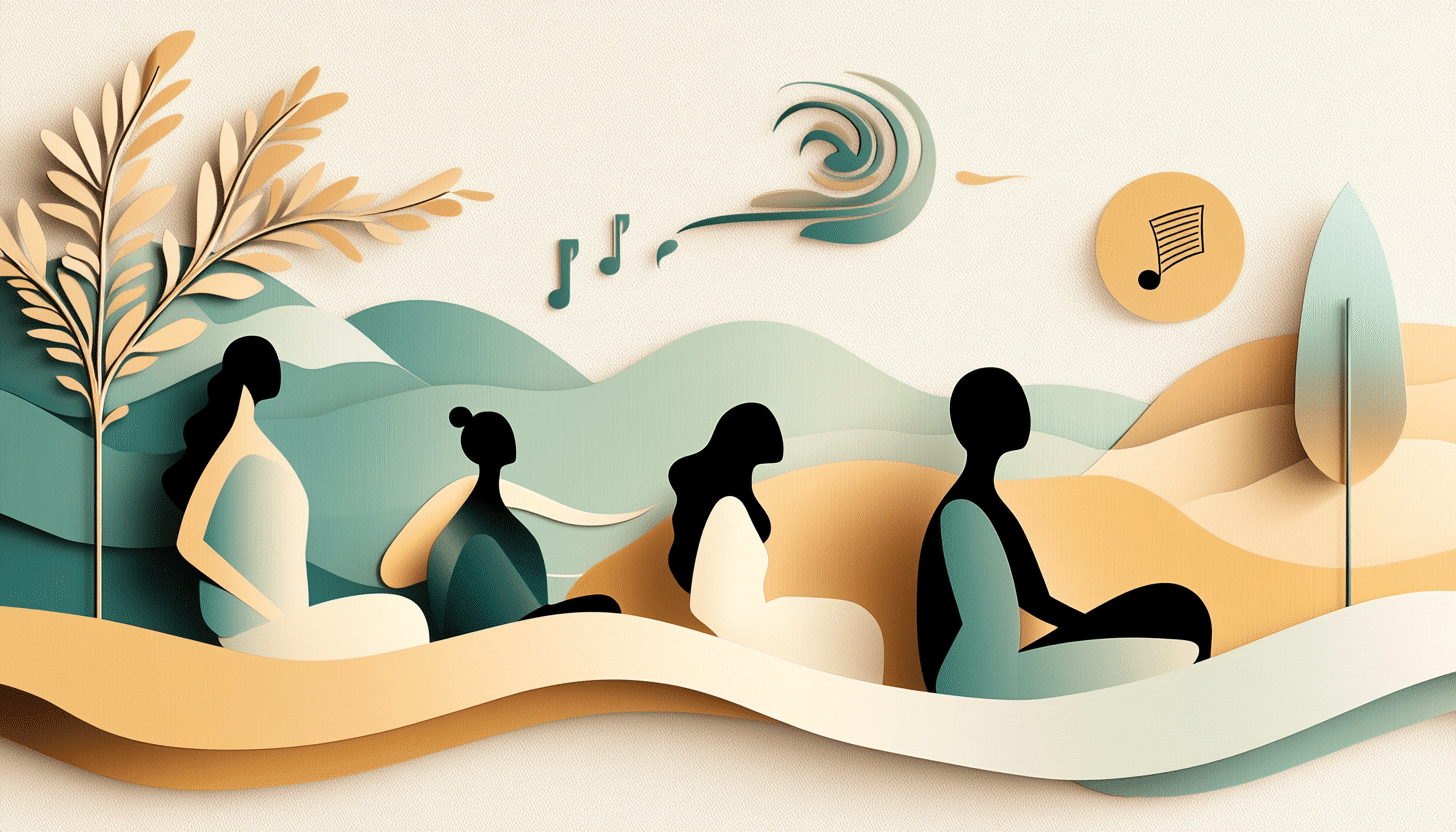What is World Listening Day?
World Listening Day is held every year on July 18. It was created to honor the birthday of Canadian composer R. Murray Schafer, who pioneered the field of acoustic ecology. The day invites people across the globe to explore the act of listening in a deeper, more intentional way. This includes listening to the natural world, to cities, to silence, and to how sound shapes daily life. It’s not about noise or music, but about paying attention to everything we usually filter out.
The day encourages people to shift their attention away from constant speech, screens, and distraction. It suggests a slower pace, where hearing becomes an active choice instead of a passive function. Whether in a forest or on a busy street, the challenge is to notice patterns, textures, and rhythms of sound that often go unnoticed. In doing so, listeners develop a stronger connection to their surroundings. The experience can be subtle, but also transformative.
History and Origin
World Listening Day was launched in 2010 by the World Listening Project, an international organization focused on sound and ecology. They chose July 18 because it marks Schafer’s birthday, linking the event directly to his legacy. Schafer’s work introduced the idea of the “soundscape,” the complete acoustic environment as heard by humans. This concept helped create a language for thinking about sound in space and time. From its first edition, the day attracted artists, scientists, and curious individuals.
The early years of World Listening Day included local soundwalks, where people would gather and walk in silence, noticing all the sounds around them. Some recorded what they heard, others took notes, and many simply listened. These walks were organized in parks, streets, train stations, and forests. The idea was always the same: to listen without judgment or purpose, simply to become aware. Over time, digital sharing made these local events part of a growing international network.
Each year, the World Listening Project proposes a theme, but participation remains open and flexible. Themes have ranged from environmental focus to conceptual or poetic approaches. Some groups respond with artistic installations, while others organize public discussions or field recordings. The project continues to grow, yet the heart of it remains unchanged: listen closely, wherever you are. Listening is treated not as a task, but as a way of being present.
Who participates in World Listening Day?
- Individuals: Take part by walking, recording, or simply listening more attentively.
- Artists and musicians: Use the day to explore sound in their work or create sound-based installations.
- Ecologists and researchers: Study and document environmental soundscapes.
- Schools and educators: Lead activities that train students to listen with intention.
- Community groups: Host events or walks that encourage listening as a social practice.
Slogans and Themes
Themes vary from year to year and are meant to guide reflection and activity, not limit it. Past themes have included ideas like “Listening to the Ground” or “Future Listening,” which invite interpretations in many directions. The goal is to highlight listening as an active, valuable part of how people relate to place, memory, and each other. World Listening Day doesn’t promote a single message but rather opens space for attention and stillness. In that openness lies its strength.
Colors, Symbols and Patterns
Colors
- Blue: Represents calm and depth, often associated with stillness and clarity.
- Green: Suggests connection with nature and environmental awareness.
- Grey: Used to represent neutrality and openness to sound without judgment.
Symbols
- Ear: A direct symbol of human listening and attentiveness.
- Waveforms: Represent recorded sound visually and appear in artworks or logos.
- Microphone: A tool often used to collect and share sound, symbolizing intention.
Patterns
- Concentric circles: Refer to how sound travels outward from a source.
- Wave-like lines: Suggest movement through air or water.
- Spirals: Represent the ongoing act of listening and response.
Most Used Hashtags
- #WorldListeningDay
- #ListeningMatters
- #AcousticEcology
- #Soundscape
- #DeepListening
How do you celebrate World Listening Day?
- Go on a soundwalk: Walk slowly through any environment and focus only on listening.
- Record your surroundings: Use your phone or recorder to capture what your space sounds like.
- Listen in silence: Spend time in stillness and allow every sound to come forward.
- Join a group event: Take part in a listening workshop or guided activity.
- Reflect on what you heard: Journal or talk about what stood out and how it made you feel.
Why is World Listening Day important?
World Listening Day asks people to pause and notice something they often ignore. In doing so, it changes how they move through the world. Listening can reveal things that sight overlooks, such as distant birds, shifting weather, or human emotion in a voice. Sound offers depth and detail, and tuning into it builds awareness and empathy. It reminds people that they are always part of an acoustic space, even in silence.
It also serves a cultural and ecological purpose. By paying attention to how environments sound, people become more aware of noise pollution, habitat loss, or human impact. Listening helps preserve memory, culture, and connection. The day is quiet in nature, but loud in what it invites: more attention, more care, more presence. It is a simple act that opens new ways of understanding the world.
Features
- Family and Relationships
- Mental Health
July 18: Listening Day
Why do you keep falling for the same type?
Read the article Lovemaps: the hidden blueprint of our love.

